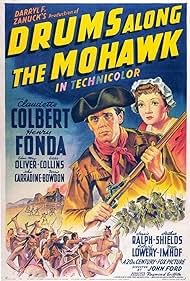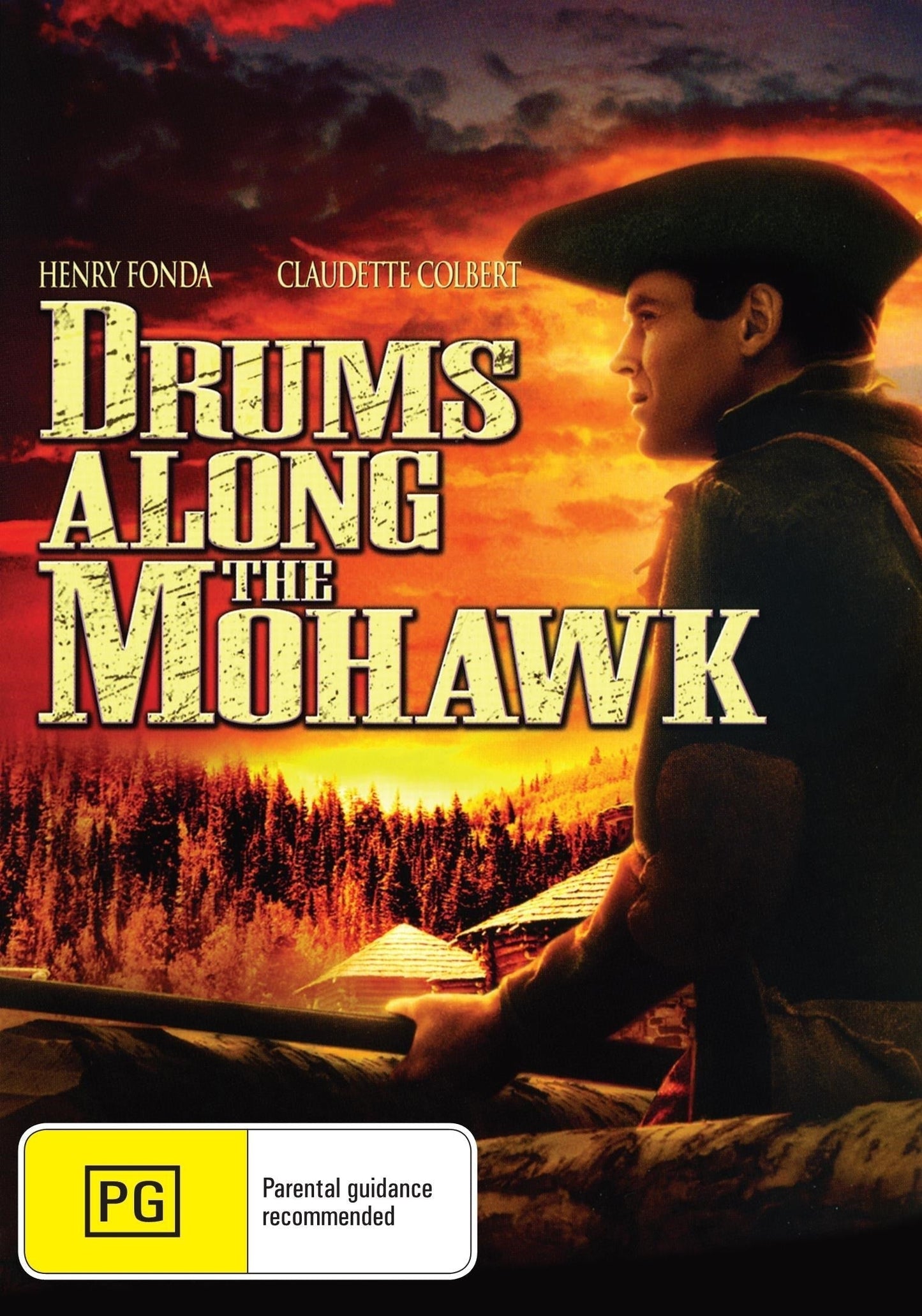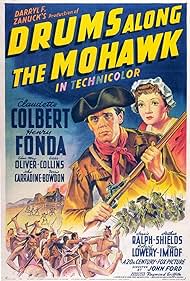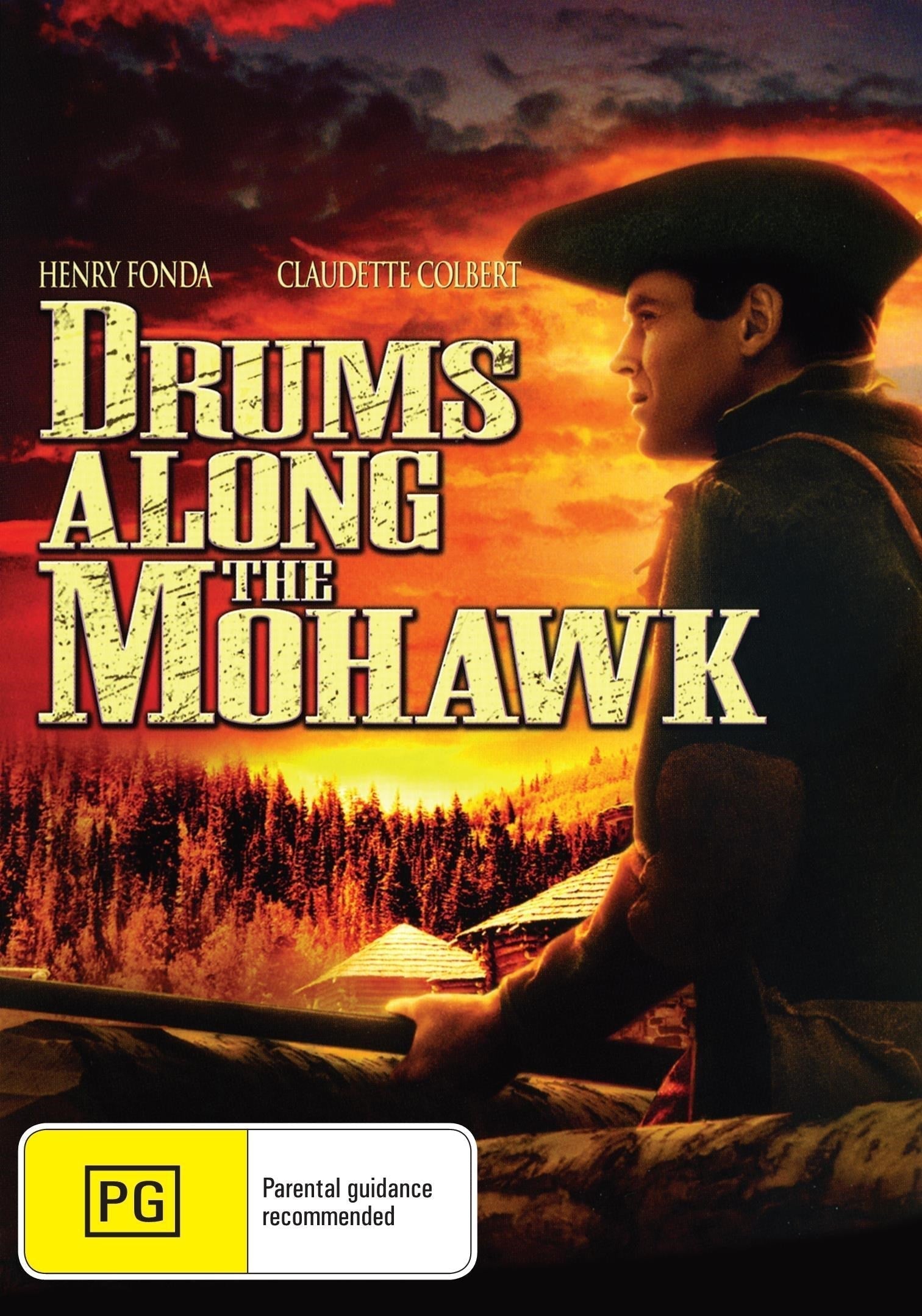rareandcollectibledvds
Drums Along the Mohawk
Drums Along the Mohawk
 Before you ORDER please check do you wish to order a DVD or a Digital Download file
Before you ORDER please check do you wish to order a DVD or a Digital Download fileFor DVD use the GET DVD Button
For a Digital Download use the DOWNLOAD Button
Couldn't load pickup availability
In Revolutionary America, Gil Martin takes his new wife Lana back to his farm in upstate New York. The area is remote and a distance from the fort but they are happy living in their one room cabin. With the declaration of independence, the settlers soon find themselves at war with the British and their Indian allies. Their farm is burned out and the Martins take work with Sarah McKlennar. The war continues however as the Martins try to make a new life.
STARS: Claudette Colbert, Henry Fonda, Edna May Oliver
104 min | Drama, Romance, War | 1939 | Color
Movies with low demand and/or out of print are manufactured-to-order using high quality recordable DVDs. Please read FAQs if unsure, or send a query.
All DVDs are Region 0 and are guaranteed to play on any DVD player in any country in the world
Satisfaction Guarantee – if you are not satisfied with any aspect of your purchase then we will explore all options to rectify the issue
COMBINED POSTAGE: ONLY CHARGED FOR THE FIRST DVD ALL OTHERS IN A MULTIPLE ORDER ARE POST FREE
Postage: Free In Australia.
Postage: Rest Of The World at Table Rate
All DVDs come in a DVD case with color artwork and printed disc
All DVDs are available as an MPEG4 file sent to you via an email link. Save on postage and waiting time. Transfer can take up to 12 hours depending on the time zone you are in.
Excellent depiction of life during colonial times in New England.
I've used this movie in many history classes. It illustrates life during these turbulent times when people were moving to the frontier and just trying to live their lives in peace. However, other people had lived on those lands and now wanted it back and war erupted. The American Revolution is vastly different for people on the frontier. There was no help -they had to rely on each other to protect their farms, their families and livestock. It was a hard life but they managed to find humor and enjoyment even during the hardest of times. This movies illustrates the new culture that had to evolve in order to survive. Fighting Indians, British and French became a way of life during this period. These people developed a strong bond of friendship and family. They helped one another in many ways. The only way to get communication from Albany was at church on Sunday when the Reverend would give everyone the latest news about the war as well as cloth that had arrived at the general store in Dayton. It's a good story and one that will remain a favorite.
This is one of my favorite films.
This film has everything, drama, humor, and action. My favorite character is Mrs. McKlennar, played by the great Dame Edna May Oliver (also see her in A Tale of Two Cities). She's got the right combination of real independence, sauciness, and feeling. Henry Fonda and Claudette Colbert are also fine as Gil and Lana. The usual John Ford stock company (Ward Bond, Arthur Shields, etc.) are in evidence in the well cast supporting roles. I'm kind of surprised that no one has targeted this story for a remake, though it might be a case of watching out what you wish for - it could be ruined by political correctness. Anyway, sit back and enjoy.




